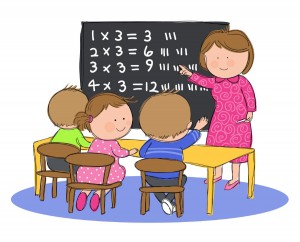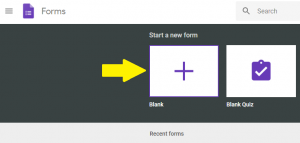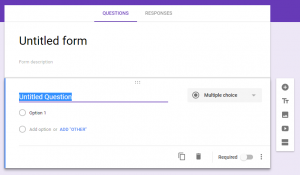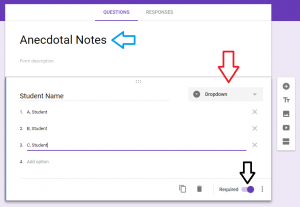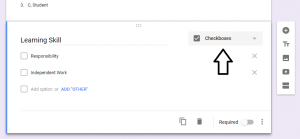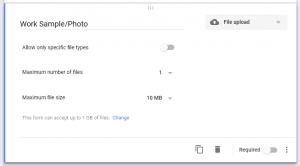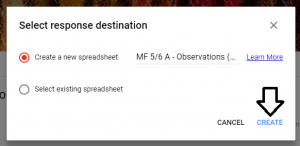This is my first year in the role of classroom teacher for students with developmental disabilities and looking back over the past four months, I have really learned a lot. I have written my first IEPs, programmed for 9 different children and learned new assessment techniques. However, some of the biggest learning I have had was understanding what my families needed help with outside of school.
Parent teacher interviews were very eye opening for me. I introduced some of the community resources available to my families and all of them had never accessed the support they needed before. Parents spoke about their need for help with funding and support at home. They also spoke about the challenges accessing answers to their questions about having a child with special needs. I was very surprised that all of my families had never had this discussion before as most of my students have had a formal diagnosis for many years and my students have all been in school for eight years.
Then it hit me, before my new job would I have been able to direct my families to the right organization for assistance? The answer would have been a resounding NO! No wonder my student’s families have not received support until grade 6 for this reason. Community resources are not always part of Professional development and often times parents are referred to special education teachers or ESL teachers.
Some may say ISRC or IPRC may be a good time for these conversations, however, it is very intimidating for both families and teachers to attend these meetings in many cases. There are usually about 10 people in the room, most of whom you have no relationship with. It is hard to ask questions or be vulnerable in that environment. Parents often prefer to ask these questions during a conversation with the one person the parent knows and trusts- the classroom teacher.
I did a simple google search to understand what my parents were facing and put in “Special needs support” in my area. The organization that does intake service and assigns case managers for my families came up eighth. This would be the recommended first place to start in my community and I am not sure it would have been possible to figure that out for my parents. I also explored the government of Ontario’s website’s section for parents of special needs children. It would be incredibly challenging for my parents to navigate. There is very little explanation or resources for parents with children with developmental disabilities compared to the section on autism. The website would not be helpful for my parents in finding the answers that they need.
This year my board funded training for all of our contained teachers to learn about assessment strategies for kids who are on alternative IEPs. Within that training, there was a short portion about community resources for families with special needs. Every single teacher in that room was so grateful to have this relevant and important training that often gets overlooked. Due to this important training, I will be able to support nine families get the caring guidance that is needed. I wish every school in Ontario did this very short information session to help teachers support our families.

